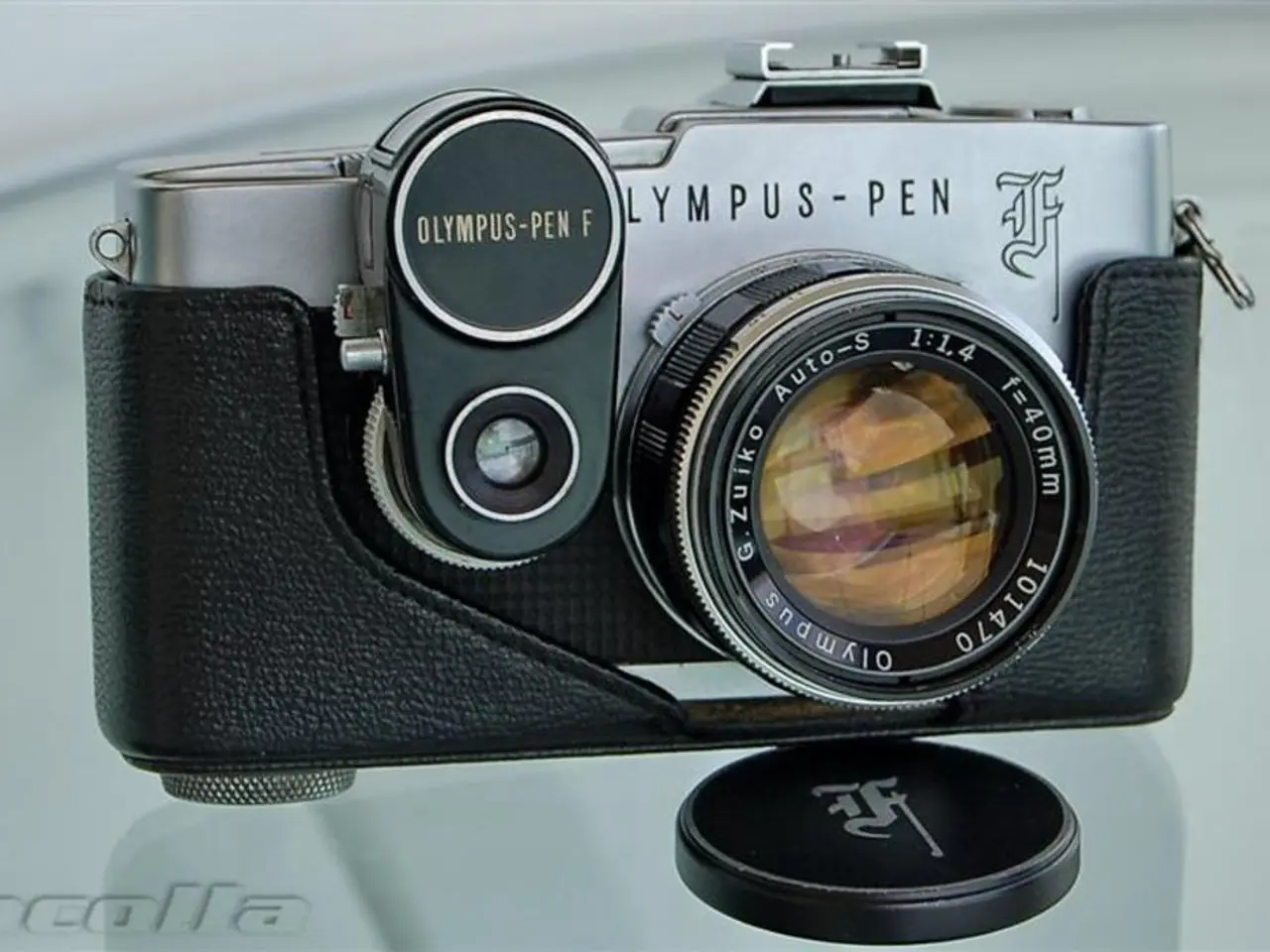Nikon D780 Evaluation: An In-depth Look at This Impressive Digital SLR Camera by Nikon
Nikon D780: A Powerful DSLR for Underwater Photography
The Nikon D780, a hybrid of mirrorless and DSLR technology, is a compelling choice for underwater photographers. With its robust build, extensive lens compatibility, and impressive video capabilities, the D780 offers a unique blend of traditional and modern features.
Key Features
- Sensor: The D780 boasts a 24.5 megapixel, full-frame sensor, similar to the Nikon Z6, ensuring high-quality images.
- Autofocus: The D780 features an excellent autofocus system, capable of both optical viewfinder and live view modes.
- Viewfinder: The D780 offers an optical viewfinder, a feature many photographers prefer for its clarity, particularly in underwater conditions where light can be limited.
- Burst Shooting: With a burst rate of 7 fps, the D780 can reach 12 fps in live view, silent shutter mode, making it suitable for capturing fast-moving underwater action.
- Video Capabilities: The D780's video capability is a serious upgrade from the D750, with 4K resolution up to 30 fps.
Underwater Photography Advantages
- Dual Shooting Modes: The D780's dual shooting modes – optical viewfinder for no-lag shooting and live view with silent shooting, face detection, and superior AF during video – are particularly beneficial for underwater photography.
- Battery Life: The D780's battery life, rated at 2260 shots, is a significant advantage for long underwater sessions.
- Lens Compatibility: The D780 is compatible with a vast array of F-mount lenses, including proven underwater lenses and accessories.
Comparisons with Nikon Z6
While both the D780 and the Nikon Z6 share the same sensor, the Z6 offers advantages in terms of autofocus, compactness, and video features. Underwater photographers should consider these factors when deciding between the two.
Choosing Between D780 and Z6
Your choice between the Nikon D780 and the Nikon Z6 depends on your personal preferences and specific needs. The D780 offers robustness, longer battery life, and optical viewfinder advantages, which some underwater shooters prefer for reliability and handling in demanding conditions. The Z6, on the other hand, offers modern autofocus, compactness, exposure preview advantages, and better potential for video stabilization, which can be critical for dynamic underwater work.
[1] Underwater Photography Guide: Nikon D780 vs Nikon Z6
[2] Nikon D780 vs Nikon Z6: A Comprehensive Comparison for Underwater Photography
- The color of the water during underwater dives can greatly influence the final outcome of your Nikon D780 photos, so it's important to adjust your camera's settings accordingly, whether it's blackwater diving or bluewater.
- To capture detailed images of small creatures like nudibranchs, consider using a compact macro lens with a high diopter to focus closely and accurately.
- For underwater photography enthusiasts, gadgets like underwater housing and strobes are essential investments to protect and enhance the performance of your DSLR, such as the Nikon D780.
- With the Nikon D780, you can comfortably dive with the assurance that your camera has a robust build to withstand the pressure and challenging conditions underwater.
- When shooting underwater photography with the D780, make use of the mirrorless technology as it provides a silent shutter in live view mode, helping to minimize disturbance to delicate marine life.
- The D780's impressive exposure capabilities come in handy when photographing corals, as they often require a unique balance of brightness and color.
- For photos of corals or other stationary objects, take advantage of the optical viewfinder's clarity, particularly in low-light underwater conditions.
- As you explore the world of underwater photography, guidance from experienced divers and photography enthusiasts can help you make the most of your Nikon D780's technology and capabilities.
- When deciding between the Nikon D780 and Nikon Z6 for underwater photography, consider both their differences in terms of autofocus, compactness, and video features, as well as your personal preferences and specific needs.




